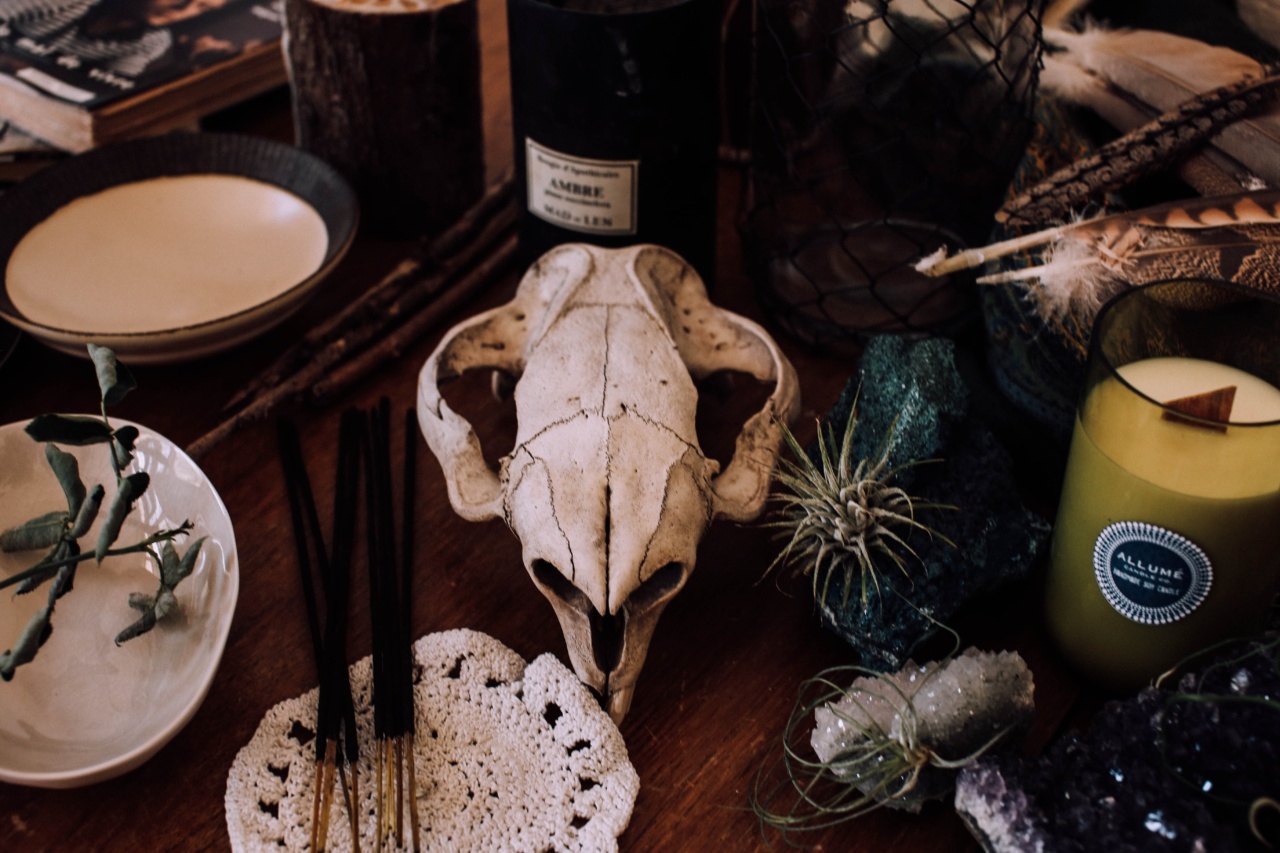Sea urchins are fascinating creatures found in the ocean. They have a hard prickly shell that protects them from predators. Unfortunately, when humans come into contact with these creatures, the result can be painful and uncomfortable.
The urchin’s spikes can pierce the skin, leaving behind a sting. If you have ever been stung by a sea urchin, you know how painful it can be. It is essential to know how to treat a sea urchin sting to avoid any further complications.
Symptoms of a Sea Urchin Sting
The symptoms of a sea urchin sting can vary depending on the person. The most common symptoms of a sting are severe pain, swelling, and redness around the affected area.
Some people may also experience numbness, tingling, and difficulty moving the affected area. In some cases, the affected area may become infected, and the person may experience flu-like symptoms such as fever and chills.
Immediate Actions for Treatment
If you are stung by a sea urchin, the first thing you need to do is to remain calm. Panicking will only make the pain worse. Here are some immediate actions you can take:.
Step 1: Remove the Spines
If there are any sea urchin spikes in the wound, it is essential to remove them as soon as possible. Use a pair of tweezers or any other suitable tool to remove the spikes.
Be careful not to squeeze the area around the wound, as this may cause more spikes to break off and remain in the wound.
Step 2: Immerse the Wounded Area in Hot Water
Immerse the affected area in hot water for at least 30 minutes. The hot water helps in deactivating the toxins present in the poison of the sea urchin sting and reduces pain and swelling.
Be careful not to use water that is too hot, as this may cause further scalding.
Step 3: Clean the Wound
After you remove the spike and soak the wound in hot water, clean it with a mild soap and water. Dry the area gently with a clean towel and cover it with a sterile dressing.
When to See a Doctor
If the symptoms of a sea urchin sting persist or get more severe, you should seek medical attention immediately. You should see a doctor if:.
: Bleeding Doesn’t Stop
If the bleeding doesn’t stop after applying pressure to the wound for 10 minutes, you should seek medical attention immediately.
: Infection
If the wound becomes infected, you may experience fever and chills, and the affected area may become swollen and painful. Seek medical attention immediately if this happens.
: Severe Allergic Reaction
If you experience difficulty breathing, swelling around your face and lips, and any other symptoms of an allergic reaction, seek medical attention immediately.
Preventing a Sea Urchin Sting
The best way to avoid being stung by a sea urchin is to avoid contact with them. Here are some tips to prevent sea urchin stings:.
: Wear Protective Footwear
If you are swimming or wading in the water, you should wear protective footwear such as water shoes or a pair of thick-soled sneakers. These will help protect your feet from sea urchin spikes.
: Be Careful When Touching Rocks or Coral
Sea urchins often hide in rocks and coral. Be careful when touching these surfaces to avoid coming into contact with these creatures.
: Avoid Stepping on Sea Urchins
If you are walking on a beach or in the water, be on the lookout for sea urchins. Avoid stepping on them, and try to keep your distance from them as much as possible.
Conclusion
Sea urchin stings are painful, but they can be treated. The most important thing to remember is to remain calm and seek immediate medical attention if the symptoms persist. Use hot water to deactivate the toxins and remove the spikes from the wound.
If you can’t do it yourself, seek medical attention as soon as possible. Being aware of the danger and knowing how to prevent it can help you avoid sea urchin stings in the future.































